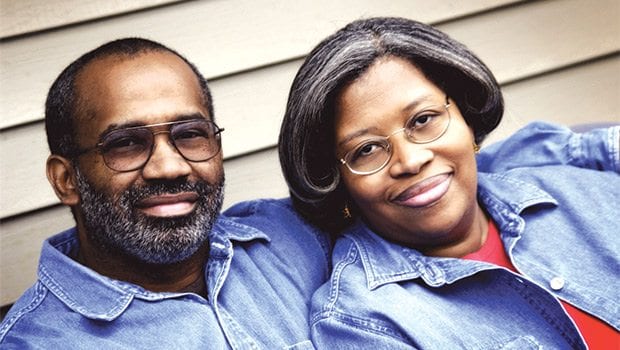
Several indicators give a snap shot of the health of a population. Significant are low birth weight, infant mortality and age-adjusted death rates.
High on the list is life expectancy, or the number of years from birth one is expected to live.
In the early 1900s it was rare for anyone — regardless of race — to live to the age of 50. The campaigns against infectious and parasitic diseases, the improvement in drinking water and the development of medicines for life-threatening diseases have extended human survival. By 1960, life expectancy had soared to 69.7 years, according to Health, United States, 2015, an annual statistical report by the Centers for Disease Control and Prevention. However, there has always been a gap between blacks and whites for many reasons. Blacks did not always have good access to care and often lacked adequate treatment for a myriad of illnesses.
The establishment of Medicaid in 1965 helped turn the tide, and eased the access to and payment for health care for those less economically privileged. Regardless, the ravages of heart disease, HIV and homicides took a toll, and the gap in life expectancy between whites and blacks persisted.
There’s a different story as of 2014. According to the CDC report, life expectancy for whites was 79 years versus 75.6 years for blacks, a difference of only 3.4 years. A Data Brief from the National Center for Health Statistics attributes the decrease in the difference largely to decreases among blacks in death rates for heart disease, cancer, HIV, unintentional injuries and conditions related to pregnancy and childbirth. These five conditions alone account for almost 60 percent of the improvement in life span, according to the Brief.
The gap would have been even less had there not been increases in deaths from several conditions, such as Alzheimer’s disease, diabetes and high blood pressure.
Life expectancy is consistency higher in women regardless of race. In 2014 the life span for women exceeded that for men by almost six years. White women live the longest — more than 81 years — while the life span for black males at 72.5 years lags behind all others.
The gap between whites and blacks narrows even further in the later years. Although life expectancy is typically measured from birth, it is also measured at 65 and 75 years. In other words, how much longer is a person 65 and 75 expected to live?
According to Health, United States, life expectancy for whites at age 65 is 19.3 years in comparison to 18.2 years for blacks, a difference of roughly a year. By age 75 the difference declines to a mere four months.
The United States prides itself in its advances in extending the life of its residents, but it pales beside the life expectancy of other developed countries. While the U.S is considerably ahead of South Africa, with its life expectancy of 57 years, it is not keeping pace with many countries in Europe. For instance, people in Finland and Belgium live an average of 81 years, while those in Switzerland and Spain live two years longer. Japan is the leader. Its residents live to an average age of 84, according to statistics from the World Bank.
With improved control of diseases, such as high blood pressure and diabetes as well as advanced techniques in the detection and treatment of cancer and heart disease, life expectancy among blacks is expected to continue on an upward trend.






